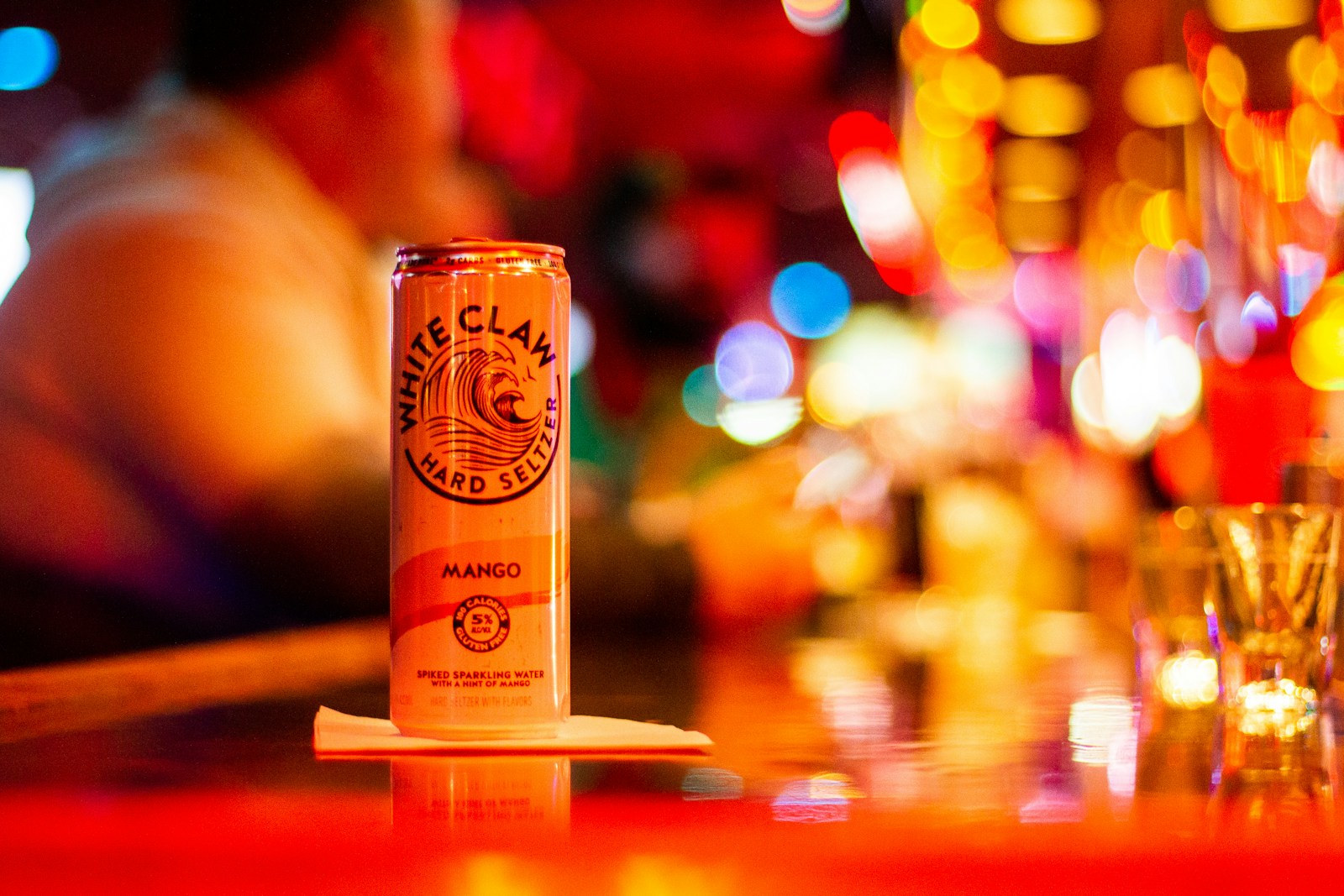
Mango

Mango
A tropical fruit that is known for its flavor, fragrance, taste, and heath promoting qualities. It is rich in vitamins A, C, and D.
Example sentences using: Mango
Él come un mango

He eats a mango
This sentence uses the third person singular verb 'come' (he eats) from the verb 'comer' (to eat), followed by a singular noun 'mango'.
Yo tengo un mango

I have a mango
This phrase represents a simple sentence structure, using the first person verb 'tengo' (I have), which is a conjugation from the verb 'tener' (to have), followed by a singular noun 'mango' (mango).
El mango está maduro

The mango is ripe
This uses the adjective 'maduro' (ripe) to describe the state of the noun 'mango'. The verb 'está' is a form of 'estar' which is used to indicate temporary states.
Ellos venden mangos

They sell mangos
This sentence uses the third person plural verb 'venden' (they sell) from the verb 'vender' (to sell), followed by the plural noun 'mangos'.
El color del mango es amarillo

The color of the mango is yellow
In this sentence, the construction 'el color de' is used to denote the color of something, followed by the noun 'mango' and the adjective 'amarillo' (yellow).
Yo corto el mango

I cut the mango
This sentence uses the first person singular verb 'corto' (I cut) from the verb 'cortar' (to cut), followed by the article 'el' and the noun 'mango'.
Nosotros comemos mango todos los días

We eat mango every day
In this sentence, the verb 'comemos' (we eat) is conjugated in the first person plural, followed by the noun 'mango'. 'Todos los días' means 'every day'.
El árbol de mango es grande

The mango tree is big
This sentence uses the construction 'el árbol de' to denote 'the tree of something', followed by the adjective 'grande' (big).
¿Puedo tener ese mango?

Can I have that mango?
This is a sentence in the form of a question. '¿Puedo tener...' means 'Can I have...', followed by 'ese mango', denoting 'that mango'.
El mango es dulce

The mango is sweet
This sentence uses the adjective 'dulce' (sweet) to describe the characteristic of the noun 'mango'. The verb 'es' is a form of 'ser' which is used to describe permanent or long-lasting attributes.